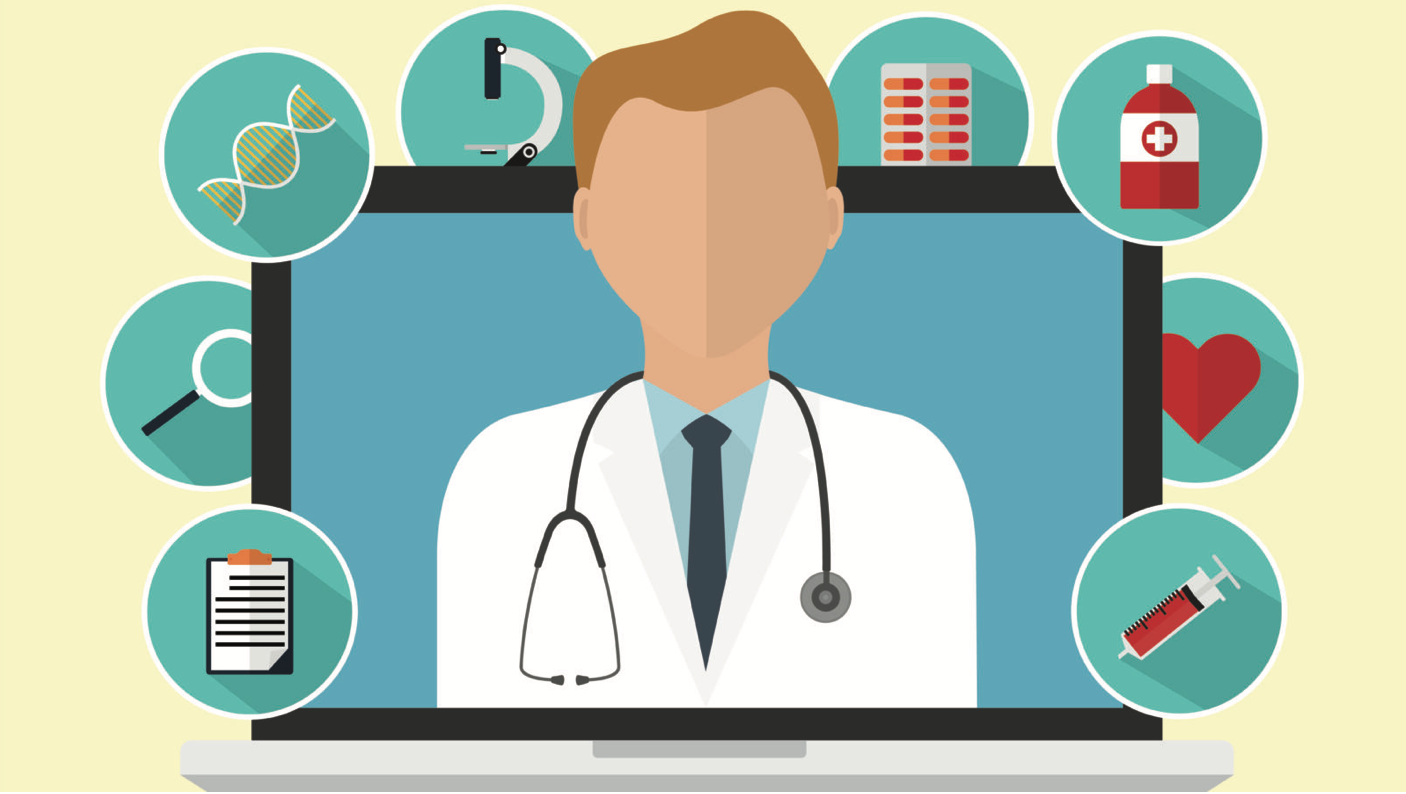 What is virtual healthcare, and how does it meet the growing need for change in the traditional healthcare delivery model? Is virtual care the same as telehealth, and if not, what’s the difference?
What is virtual healthcare, and how does it meet the growing need for change in the traditional healthcare delivery model? Is virtual care the same as telehealth, and if not, what’s the difference?
What Is Virtual Healthcare?
Virtual healthcare refers to the “virtual visits” that take place between patients and clinicians via communications technology — the video and audio connectivity that allows “virtual” meetings to occur in real time, from virtually any location.
A virtual visit can be a videoconference between a doctor and a patient at home. It could mean that a patient can interact with an offsite medical specialist via a conference hookup at his or her local clinic, instead of traveling to another city.
It can also give patients the chance to more readily find qualified second opinions online.
Virtual healthcare has primarily been used for meetings and consultations, check-ins, and status reports, rather than for in-depth diagnosis or treatments. Still, as the technology evolves, more serious conditions like diabetes are falling under the influence of virtual healthcare.
Related article: How Virtual Care Can Help You
Virtual healthcare also better enables specialists to monitor situations or procedures from remote locations. Patient monitoring at home has also been shown to be useful for treating patients with chronic conditions like diabetes and hypertension, where rehospitalizations too often occur due to lack of communications or transparency about the patient’s condition.
How Is Virtual Healthcare Different from Telehealth?
Virtual healthcare is a term that’s sometimes used synonymously with telehealth or telemedicine — but they’re not the same thing. Virtual healthcare is actually a component of telehealth, which is a broader term encompassing the entirety of remote and/or technology-driven healthcare.
Telehealth is a very broad category of solutions that service patients at a distance — so it could be doctor visits at a distance, it could be chronic condition management, it could be managing high-risk pregnancy.
Telehealth technology may be a telephone, it could be a videoconferencing capability, it could be an IVR system. It encompasses all the different kinds of technologies, but the main idea is that clinicians are using these technologies to gather and exchange information with patients.
Demand is growing for a means to avoid the expense, burden and time spent traveling to and from clinics or doctor’s offices. And in rural areas struggling to attract physicians and practitioners, eliminating the need for transportation isn’t just a matter of convenience but also of basic access — especially for those unable to drive.

